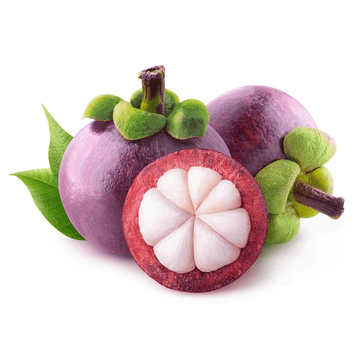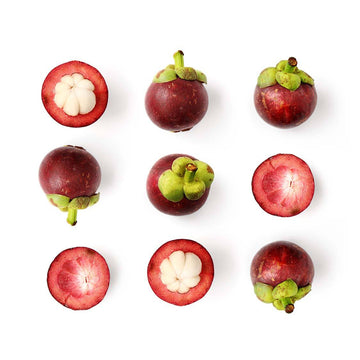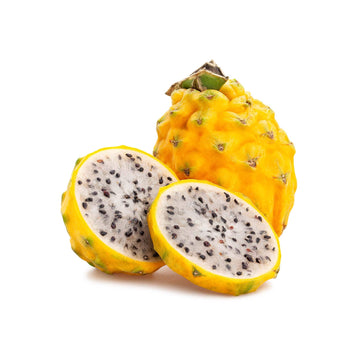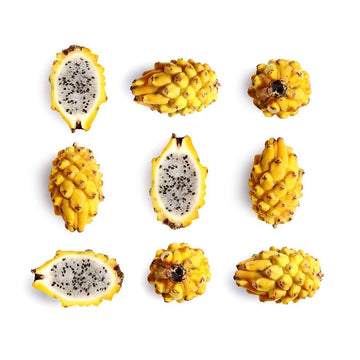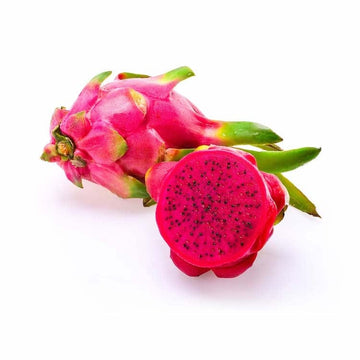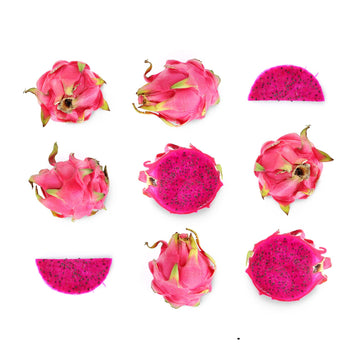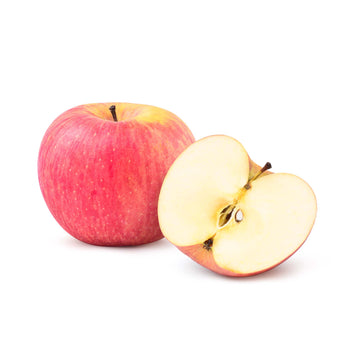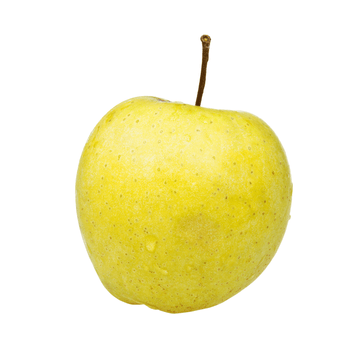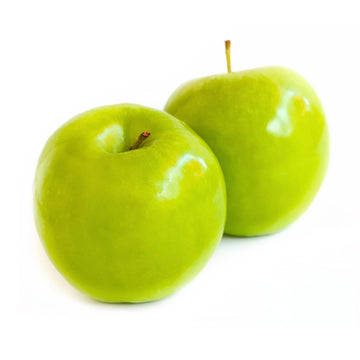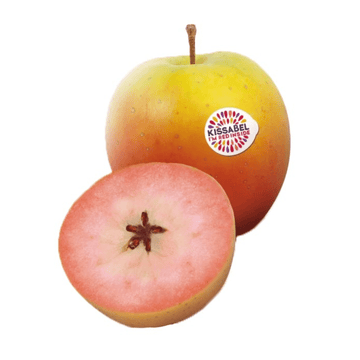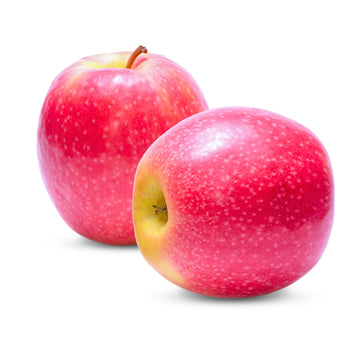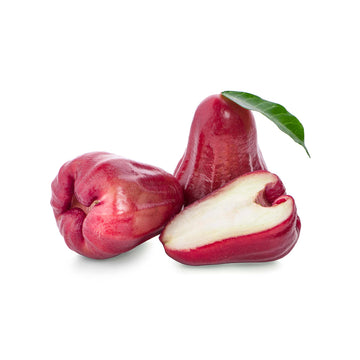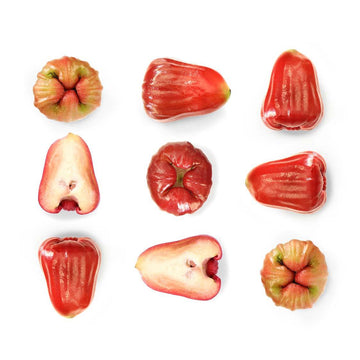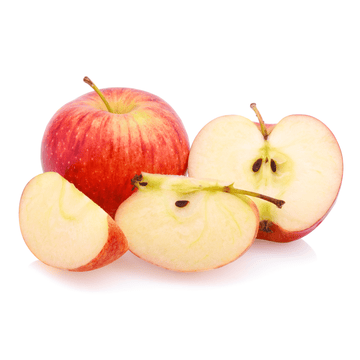Passionfruit
Introduction
Passion fruit (Passiflora edulis) is a vine species of passion flower native to South America. It can be cultured in both tropical and subtropical regions. The fruit has a spherical to ovoid shape and it is entirely fleshy. The fruit’s weight can vary between 30 to 80 grams and inside its flesh there are approximately 250 black seeds.
History
Passion fruit is native to South America and mainly in regions of Brazil, Argentina, and Paraguay. Some people believe though that it is originated from Australia instead of South America but there is no sufficient evidence to support this claim.
Regions
The fruit can be found in both tropical and subtropical regions around the globe. Significant amounts of passion fruit are produced in Brazil, Australia, New Zealand, Hawaii, Kenya, Uganda, Argentina, Paraguay, South Africa, and India.
Flavours &Texture
Its taste is slightly acidic and musky and it resembles the taste of guava fruit. It has a strong fruity and tart taste. In terms of its texture, it is thick and very jelly-like.
Preparation
Cut the fruit in half with a sharp knife and scoop out the edible seeds and juicy flesh that surrounds them. You can eat it with a spoon as it is or you can make juice, or smoothies.
Nutritional Value
Passion fruit contains a moderate amount of calories and it is a rich source of antioxidants, protein, vitamins, and fibre.
|
Calories per 100 g |
97 kcal |
|
Fat |
0.7 g |
|
Carbohydrates |
23.39 g |
|
Fibre |
10.4 g |
|
Protein |
2.2 g |
|
Vitamin C |
50% of the RDI |
|
Vitamin A |
43% of the RDI |
|
Riboflavin |
10% of the RDI |
SHIPPING
Choose your desired delivery date at the checkout, available delivery dates will be displayed at checkout stage. All orders are dispatched on a 24hr Next Working Day service. If no date is selected your order will be dispatched at the next available date.
We offer Free Next Working Day Delivery on all orders over £75 including our selection boxes.
Our shipping rates are as follows:-
England - £6.95
Scotland - £11.95
Northern Ireland - Not currently available
Customers are responsible for being present at the shipping address provided on the date selected at checkout. Exotic Fruits are not responsible for any missed or attempted deliveries that must be rearranged by the customer.
All orders are packed in cardboard boxes with a biodegradable packing pellets, straw, or hay to protect the fruit during transit.
RETURNS
Let's start by stating the obvious. Since our produce is perishable we cannot accept returns.
That said, we want every customer to be happy so we do offer vouchers, refunds and replacements at our sole discretion if your fruit has arrived inedible. If you would like to report an item which has become damaged or perished during transit, please:- We are not responsible for products that spoil if there is not someone to receive your delivery on the date that you request it, full tracking is provided and can be requested anytime after dispatch.

